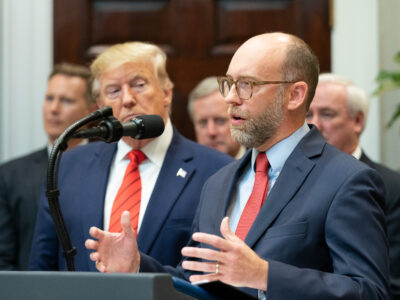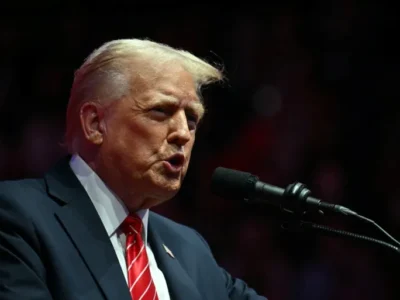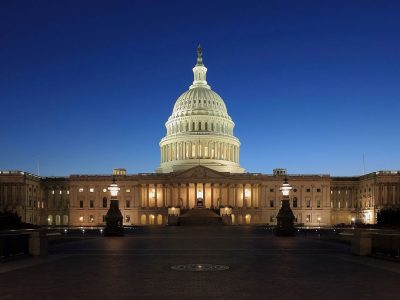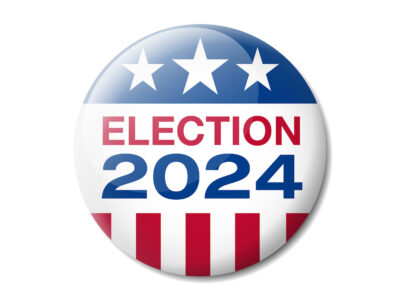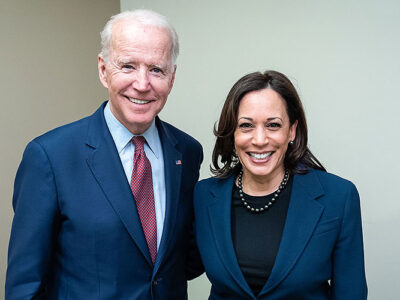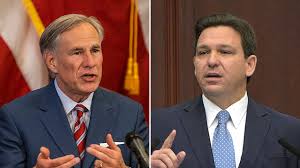Federal Climate Policy
Defunding the Energy Transition
The President Proposes Deep Cuts to Climate and Clean Energy Spending for FY 2026
On May 2nd, the White House released what is generally referred to as a “skinny” budget request outlining priorities for discretionary spending for fiscal year 2026. A full federal budget proposal is expected later this month. The “skinny” budget contains, by the White House’s calculations, $163 billion in non-defense discretionary spending cuts, which it argues …
Continue reading “Defunding the Energy Transition”
CONTINUE READING100 Days of Anti-Environmental Mayhem
A flood of anti-environmental initiatives threatens to undo decades of progress.
the Administration has withheld funding for clean technology, denounced the very idea of environmental justice, and begun a campaign to gut environmental agencies. And that’s only the first hundred days of Trump’s second term.How far Trump gets with this anti-environmental jihad will depend partly on the courts but mostly on politics. Events relating to the economy and provision of basic government services are likely to have as much impact on how things play out than anything specific to the environment.
CONTINUE READINGPresidential Blitzkrieg: Good Tactics, Questionable Strategy
Flooding the zone has short-term benefits but possible long-term costs.
Trump has issued a flood of executive orders. Many of those actions relate to energy and environment, with the general intent of handicapping clean energy and promoting fossil fuels. Flooding the zone has undoubtedly helped him dominate the news and may have stunned opponents. But shirt-ternm success doesn’t always translate into long-term gains.
CONTINUE READINGJoe Biden, Hail and Farewell
His climate actions will resonate far into the future.
Joe Biden is about to vanish from the political scene, but not from the history books. The last election casts a pall on his reputation, as does his unpopularity. But history may be kinder, as it has been for Harry Truman and Jimmy Carter. Beyond all else, he has been our best president yet on climate policy. For our descendants, that will matter a lot more than a couple of years of inflation that impacted their ancestors.
CONTINUE READINGThe Case that Wouldn’t Die
The Juliana plaintiffs make a final effort to resurrect their case.
The district judge contemplates a wide-ranging trial about broad climate and energy policies, after which she would opine on their legality. The Supreme Court will likely think that putting an immense swathe of government policy on trial also violates the separation of powers — especially in a case where they are deeply skeptical of the underlying constitutional claim.
CONTINUE READINGWhy the 2024 House Races Matter So Much for Energy and Climate Policy
Those races get a lot less attention than elections for the Senate, but they’re equally important.
Unified government would give Trump a much freer hand. Republicans are likely to win the Senate. If they also win the House, he wouldn’t have to worry about annoying congressional investigations and could use the Senate reconciliation procedure to gut environmental agencies and federal support for clean energy.
CONTINUE READINGIn Their Own Words: Climate Policy and the Party Platforms
The GOP and Democratic Platforms take starkly different approaches.
The two major parties have very different views about energy policy and climate change. Here are their official views, in their own language. Compare and contrast!
CONTINUE READINGDid Democrats Follow Through?
The 2020 Democratic Platform made some big promises. Four years later, where do things stand?
Many of the climate promises in the 2020 Democratic platform were kept, and large down-payments were made toward fulfilling others. The glass is definitely more than half full.
CONTINUE READINGWhat Would Climate Policy Look Like Under One-Party Conservative Rule?
You only need to look at Texas or Florida for the answer: a complete erasure of climate action.
This is not to say that unified control of the federal government by the hard right would entirely halt the progress of clean energy. Just that, if Florida and Texas are any guides, they would do their best to make that happen and to maximize use of what Trump has called the liquid gold under our feet.
CONTINUE READING35 Major Climate Initiatives Under Biden
By any measure, it has been an eventful four years for climate policy, with billions in spending and many major regulations finalized. Here’s a timeline of the Top 30 actions.
In light of President Biden’s withdrawal from the 2024 presidential race yesterday, we thought it was appropriate to update this piece about the climate legacy of the Biden-Harris Administration. In his four years in office, Donald Trump rolled back essentially every existing federal policy to limit climate change. The picture under the Biden Administration has …
Continue reading “35 Major Climate Initiatives Under Biden”
CONTINUE READING



